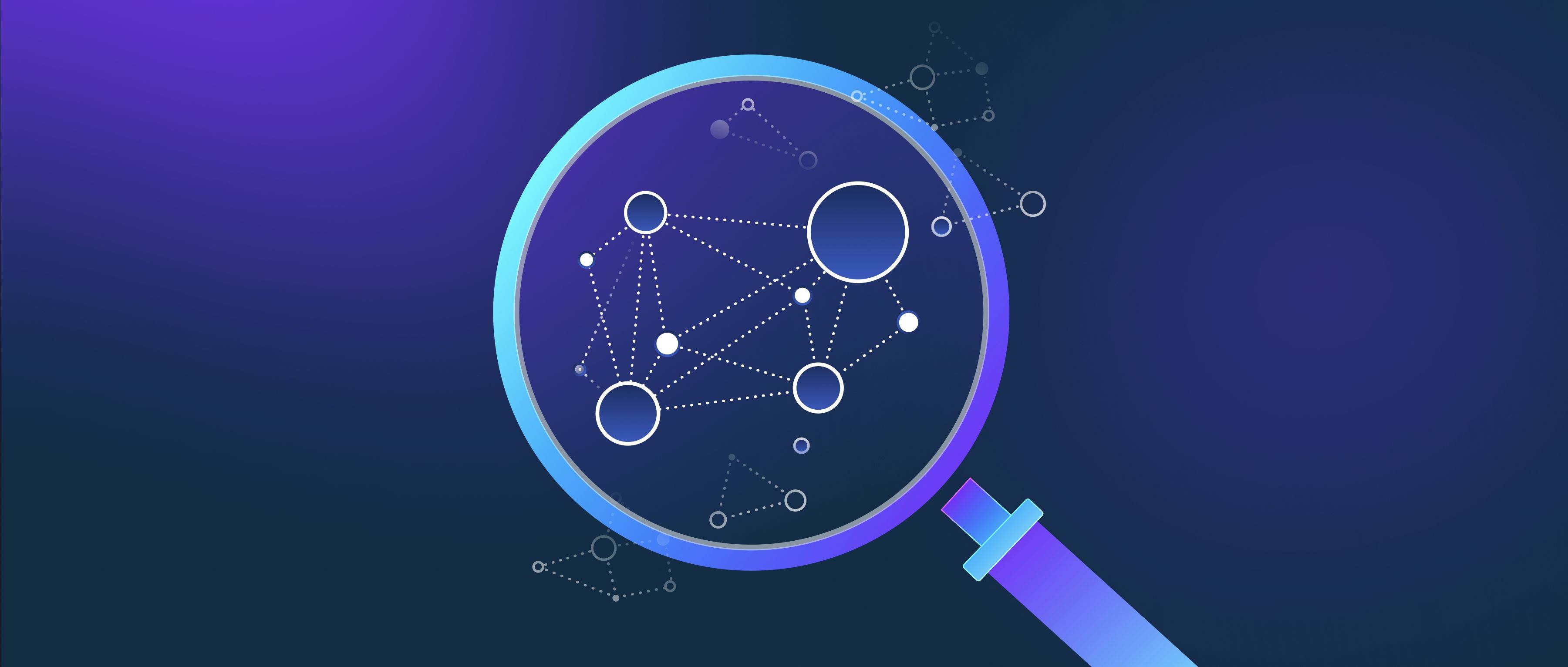Text summarization is an NLP task that condenses a longer piece of text into a shorter version while preserving its main ideas. There are two primary approaches: extractive summarization and abstractive summarization. Extractive methods identify and extract key sentences or phrases from the original text, while abstractive methods generate a summary in natural language, potentially rephrasing and synthesizing content.
For example, an extractive summary of a news article might include direct sentences from the article, whereas an abstractive summary might rephrase the information to provide a concise overview. Abstractive summarization is more challenging but produces human-like summaries, often using transformer-based models like BART or T5.
Text summarization is widely used in applications such as news aggregation, report generation, and legal document review. It saves time and enhances productivity by providing quick access to essential information. Pre-trained models available in libraries like Hugging Face Transformers make it easier for developers to implement summarization systems tailored to specific domains.
